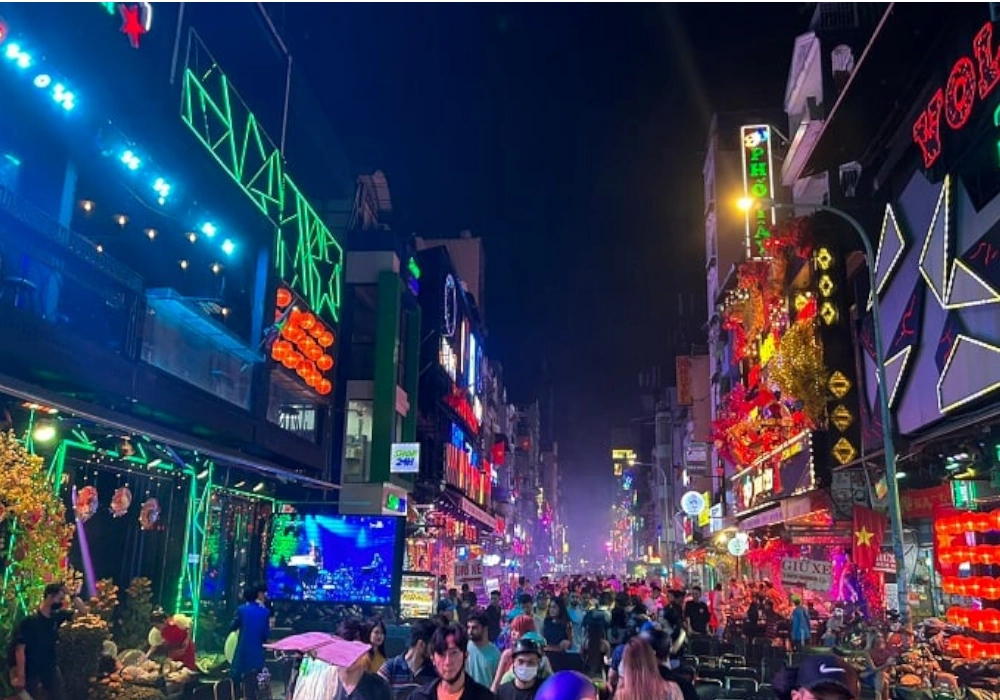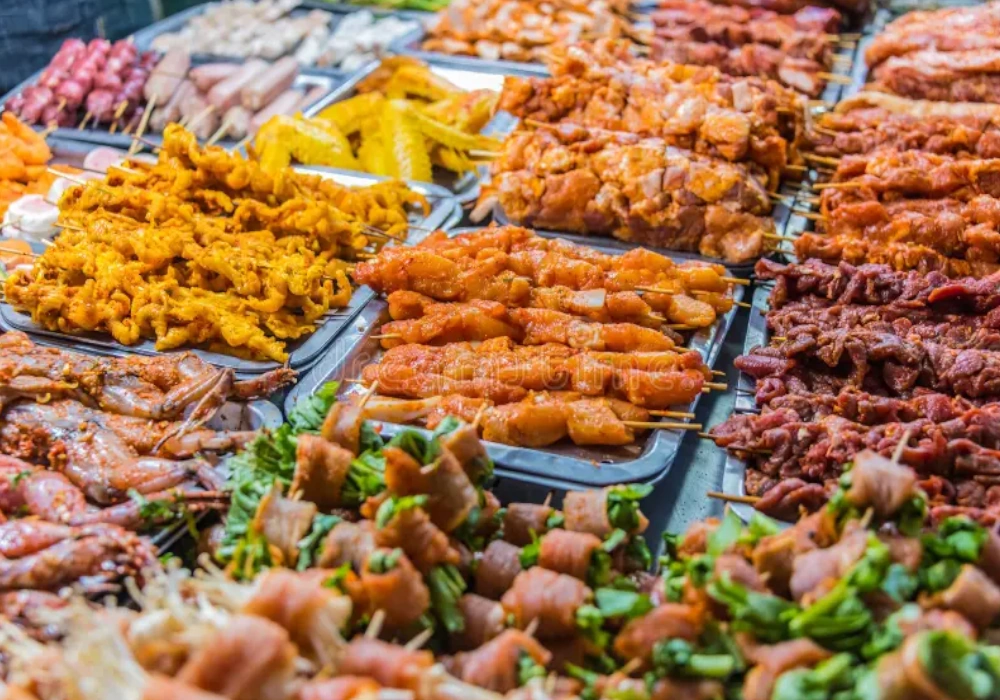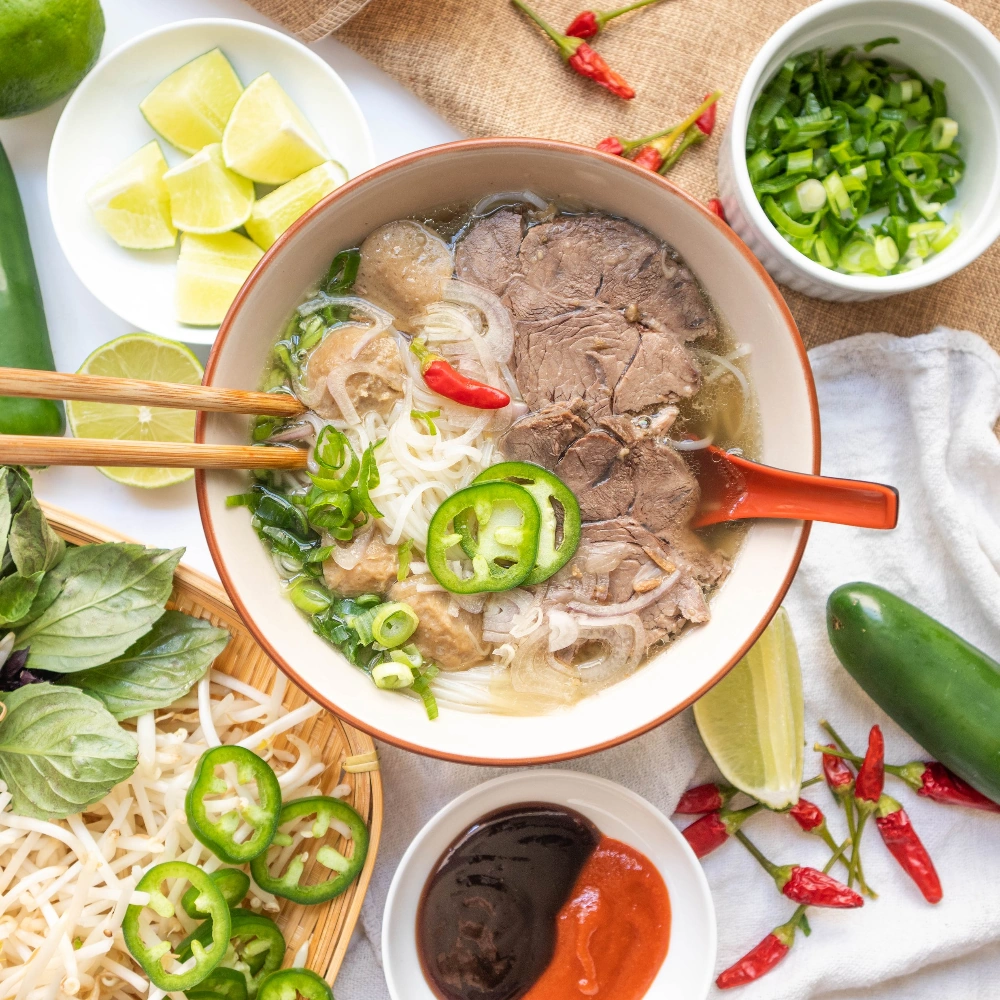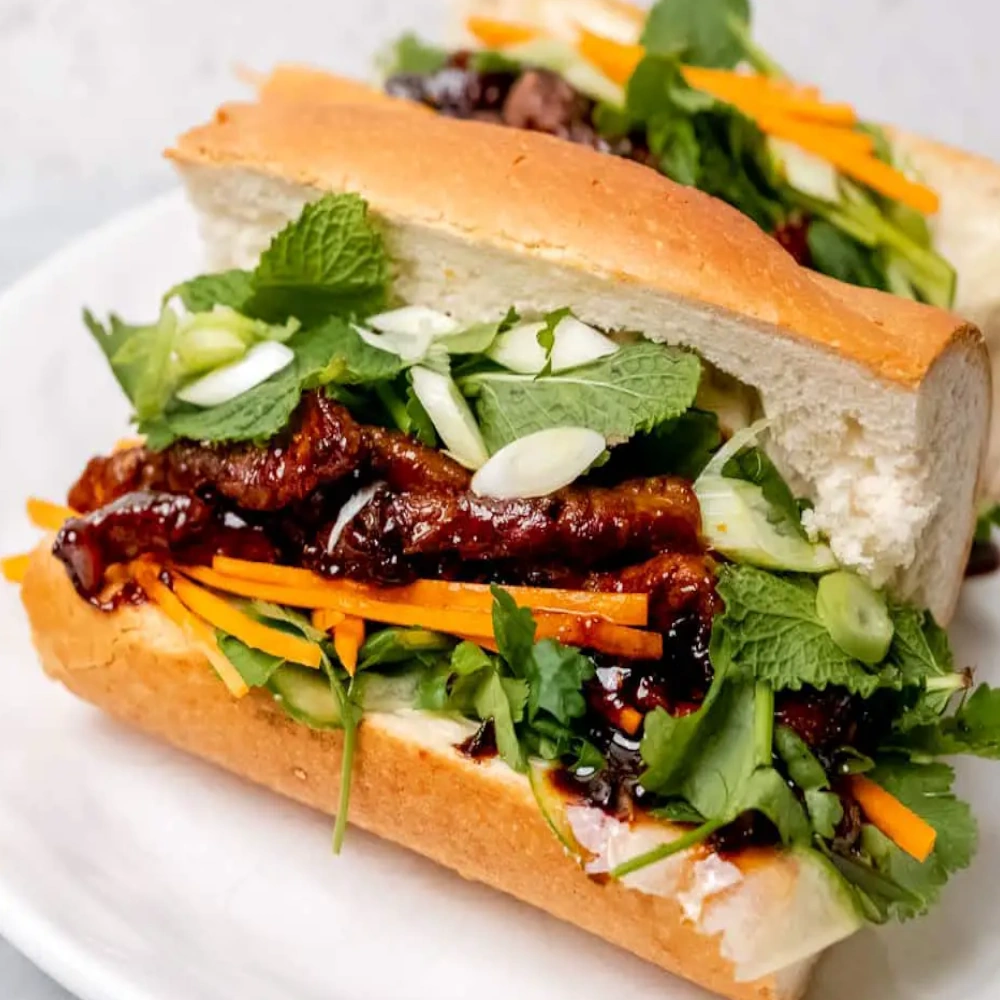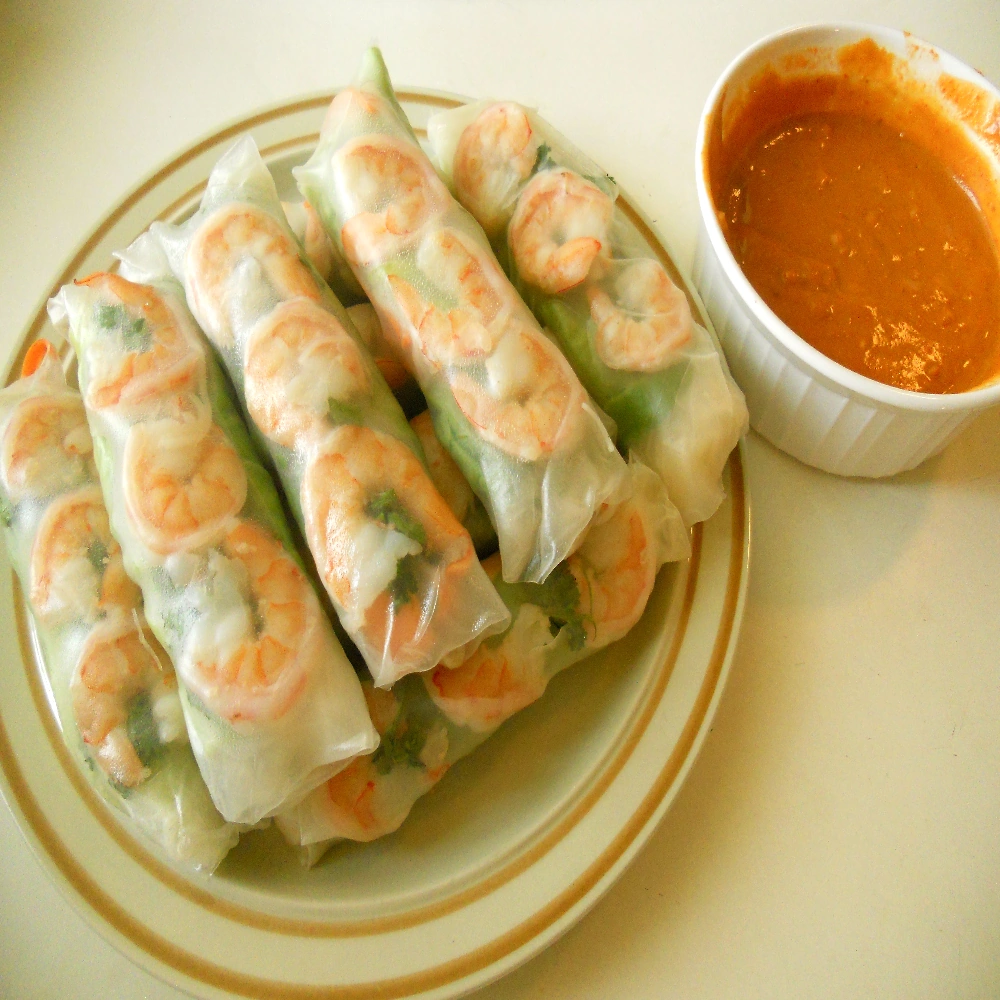Saigon nightlife
Vibrant Nights in Saigon: A Complete Guide to the Best of Ho Chi Minh City's Nightlife
SAIGON NIGHTLIFE: Saigon, officially known as Ho Chi Minh City, is a vibrant metropolis that truly comes alive after sundown. Its nightlife is a dynamic tapestry of activities suited for every type of traveler or local looking to unwind. From glitzy rooftop bars to intimate live music venues, bustling night markets to street food tours, Saigon offers an exhilarating mix of entertainment and culture. This article will delve into the best aspects of Saigon nightlife and what the city has to offer when the sun sets.
1. Rooftop Bars and Glamorous Saigon Nightlife
Experiencing the rooftop bars is a quintessential part of Saigon nightlife. These high-altitude venues offer stunning views of the cityscape, often accompanied by cool breezes—a welcome respite from the daytime heat. Top picks include Chill Skybar, one of the city’s first, known for its stylish ambiance and premium cocktails. Another notable mention is Saigon Saigon Rooftop Bar on top of the Caravelle Hotel, which has been a popular spot since 1959 and offers panoramic views of the city.
For those looking for something even more upscale, The Deck Saigon offers a riverside dining experience that transforms into a chic bar at night. Here, patrons can sip on finely crafted cocktails or enjoy a glass of wine, selecting from an extensive list that features both international and local labels.
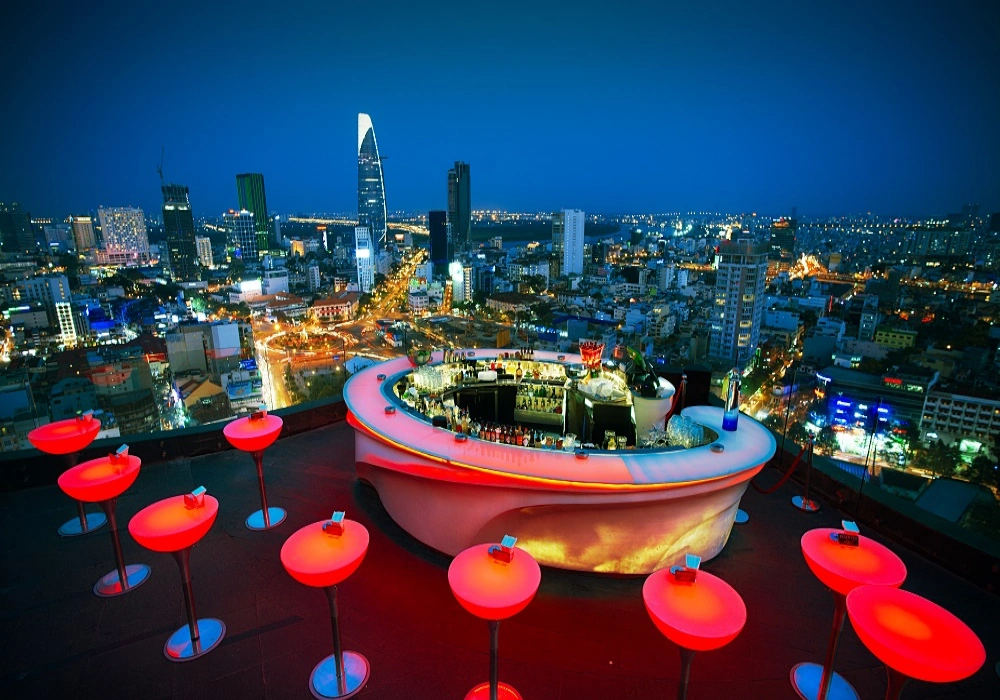
2. Live Music and Cultural Shows: The Heartbeat of Saigon Nightlife
The live music scene is a cornerstone of Saigon nightlife, offering a diverse array of genres that cater to every musical taste. Whether you are a fan of smooth jazz, soulful blues, modern pop, or the rich tones of traditional Vietnamese music, Saigon has a venue for you. One of the city’s highlights for jazz lovers is the Sax n’ Art Jazz Club. This intimate venue features some of the best local and international jazz musicians, providing live performances every night in a cozy, inviting atmosphere. It’s the perfect place for those who appreciate the artistry of live jazz in a setting that enhances the experience.
For enthusiasts of more contemporary music, venues across the city showcase local bands and artists playing everything from pop to rock and electronic music. These spots often feature energetic performances that capture the vibrant spirit of Saigon’s younger crowd.
Adding a unique cultural flavor to the nightlife, the Saigon Opera House is an iconic venue where visitors can immerse themselves in the local arts scene. Here, one can witness the AO Show, an extraordinary cultural performance that combines acrobatics, contemporary dance, and visual arts with traditional Vietnamese music and themes. This show offers a spectacular display of athleticism and creativity, making it a must-see for those interested in the fusion of traditional and contemporary art forms.
These musical and cultural offerings not only provide entertainment but also a deeper understanding of the city’s cultural fabric. They reflect the dynamic blend of history and modernity that characterizes Saigon today, making its nightlife scene uniquely enriching.
3. Night Markets and Street Food: Savoring the Flavors of Saigon Nightlife
A journey through Saigon’s nightlife is truly incomplete without a deep dive into its celebrated street food culture, which is among the most vibrant in Southeast Asia. As night falls, markets across the city burst into life, offering not just food but a feast for the senses.
One of the most iconic spots is Ben Thanh Market. After dark, this well-known daytime market transforms into a lively night market teeming with tourists and locals alike. Here, you can wander through rows of stalls serving up some of Vietnam’s most beloved dishes. Pho, the aromatic Vietnamese noodle soup; Banh Mi, the quintessentially Vietnamese sandwich that blends French colonial influences with local flavors; and a variety of fresh seafood dishes are just a taste of what’s on offer. The market also provides an opportunity to observe local chefs at work, grilling, frying, and preparing dishes right before your eyes—a truly interactive dining experience.
For those who prefer a more structured exploration of Saigon’s culinary offerings, consider participating in a guided street food tour. These tours can take you off the beaten path to try hidden gems that only locals know about. Led by expert guides, you’ll delve into back alleys and bustling streets, sampling everything from savory pancakes and spring rolls to sweet treats like Vietnamese iced coffee and tropical fruit desserts. These tours not only satisfy your taste buds but also provide insights into the ingredients and culinary techniques that make Vietnamese food so enticing.
Another must-visit destination for food enthusiasts is Binh Tay Market in the heart of Chinatown. This market is renowned for its distinct atmosphere and specializes in Chinese-influenced Vietnamese cuisine. Dishes here often feature a bold use of herbs and spices, offering a different palette of flavors compared to the more traditional Vietnamese fare found elsewhere in the city. The market is alive with the sounds of haggling and the inviting smells of food being prepared. It’s a place where you can enjoy rare delicacies and observe the bustling local life, making your culinary journey an integral part of experiencing Saigon’s vibrant culture.
These night markets not only offer a delicious array of foods but also provide a window into the daily lives of the city’s residents, making them essential stops to truly experience the heart and soul of Saigon nightlife. Whether you’re a foodie looking for new flavors or a traveler eager to experience local culture, Saigon’s street food scene promises a memorable adventure under the city lights.
Dive deeper: Exploring the Vibrant World of Vietnam Street Food
4. Clubs and Dancing: The Pulse of Saigon Nightlife
For those who thrive on vibrant energy and the thrill of dancing, Saigon nightlife offers a dynamic clubbing scene that caters to a diverse audience. Whether you’re a fan of pulsating beats, themed dance parties, or an eclectic mix of music genres, the city’s nightclubs provide an electrifying backdrop for unforgettable nights.
Lush Nightclub stands out as a premier destination for both locals and expatriates. Known for its lively atmosphere, Lush features a modern, sleek interior that pulses with the energy of its dance floors. The club is renowned for its themed party nights, which range from glamorous dress-to-impress evenings to casual, laid-back gatherings. The DJs here spin a range of music from top 40 hits to electronic dance music, ensuring that every visitor finds their rhythm. The vibrant, colorful lighting and high-quality sound systems enhance the experience, making every night at Lush a celebration.
Apocalypse Now, another iconic spot in the heart of Saigon, has been a staple of the local nightlife scene for decades. It’s one of the oldest nightclubs in the city, known for its rustic charm and nostalgic vibe. The club draws a diverse crowd, from young party-goers to seasoned night owls. The musical selection at Apocalypse Now is impressively varied, offering everything from classic house music to contemporary hip hop and R&B. Its laid-back atmosphere, combined with an exciting music lineup, makes it a perfect spot for those looking to dance the night away in a more relaxed setting.
Both clubs exemplify the vibrant club scene in Saigon, each providing a unique night out with quality entertainment, excellent drinks, and a chance to meet people from all walks of life. As the night progresses, these clubs fill with an energy that is contagious, propelled by the enthusiastic dancers and the skilled DJs who know just how to keep the party going until the early hours.
In addition to Lush and Apocalypse Now, Saigon’s club scene includes numerous other venues each with their own unique offerings. From upscale, exclusive clubs that require a dress code to more underground, alternative spaces where the focus is purely on the music and the dance experience, there’s something for everyone.
Exploring the clubs and dance venues is a crucial part of experiencing the full spectrum of Saigon nightlife. Each club offers a glimpse into the city’s diverse cultural fabric, showcasing how traditional Vietnamese sensibilities can blend seamlessly with global nightlife trends. Whether you’re looking to make new friends, enjoy a night of dance, or simply soak in the vibrant local culture, Saigon’s nightlife scene is sure to provide an exciting and memorable experience.
5. Unwinding in Style: Saigon's Best Lounges and Speakeasies
For those seeking a more tranquil night out, Saigon’s array of lounges and speakeasies provides a perfect retreat from the fast-paced city life. These venues combine a relaxed atmosphere with sophisticated drink selections and elegant decor, creating ideal settings for intimate conversations and relaxed evenings.
Firkin Bar is a standout in the speakeasy scene, renowned for its extensive whiskey collection and meticulously crafted cocktails. The ambiance here is subdued and intimate, with soft lighting and comfortable seating that encourage lingering over drinks. The bar’s staff are experts in mixology, ready to recommend the perfect drink to suit your tastes or surprise you with something new and exciting.
Rabbit Hole, another enchanting speakeasy, is tucked away from the typical tourist paths, offering a sense of discovery to those who find it. Known for its innovative cocktails and stylish, mysterious interior, the Rabbit Hole invites guests into a world of Prohibition-era charm mixed with modern flair. The decor is chic and contemporary, with a nod to the speakeasy tradition of secrecy and exclusivity.
These lounges and speakeasies not only offer a respite from the bustling nightlife but also serve as cultural experiences, showcasing the sophistication of Saigon’s bar scene. They are perfect for those looking to unwind in a more subdued environment while still enjoying the city’s vibrant night culture.
6. Entertainment After Dark: Cinemas and Cultural Shows in Saigon
Saigon nightlife is not limited to bars and clubs; it also boasts a rich array of cinematic and theatrical entertainment. For movie enthusiasts, the city offers several modern cinemas that screen both international blockbusters and local films. CGV Cinemas and Lotte Cinema are among the most popular, featuring the latest technology in film projection and sound. These cinemas provide a comfortable, state-of-the-art environment for enjoying films from around the world.
For those interested in a unique cultural experience, Saigon presents traditional performances such as the water puppet show. This ancient art form, which originated in the rice paddies of northern Vietnam, utilizes water as a stage for puppets that are controlled by skilled puppeteers hidden behind a screen. Shows are often accompanied by a Vietnamese orchestra, adding a musical element to the visually captivating performance. These shows are held at various venues around the city, including the renowned Golden Dragon Water Puppet Theatre, and provide insight into Vietnam’s rich cultural heritage and folklore.
Whether you’re a film buff or a culture enthusiast, Saigon’s cinemas and cultural shows offer diverse entertainment options that complement the city’s lively night scene. These activities not only provide fun and enjoyment but also enrich visitors’ understanding of Vietnamese culture and arts.
Conclusion: Saigon Nightlife — A Melting Pot of Tradition and Modernity
Saigon nightlife truly caters to all tastes, presenting an eclectic mix that ranges from pulsating dance clubs and serene rooftop terraces to a myriad of dining options and deep-rooted cultural performances. This vibrant city is a playground where traditional Vietnamese culture seamlessly melds with contemporary trends, creating an ever-evolving tapestry of nighttime activities.
Whether you find joy in the high energy of thumping music at a night club, the relaxed ambiance of a rooftop overlooking the city, or the culinary adventure found in its bustling street markets, Saigon has something to offer. The dining experiences alone are a food lover’s dream, where one can traverse from high-end restaurants to charismatic street food stalls within the span of a few blocks.
Cultural aficionados will appreciate the rich array of performances, from modern music gigs at cozy venues to traditional shows like the mesmerizing water puppet theatre, which offers a glimpse into the artistic heritage of Vietnam. Each of these experiences contributes to the unique fabric of Saigon nightlife, ensuring that there is never a dull moment.
Saigon is more than just a city; it is a vibrant stage for the interplay of the old and the new, attracting both night owls and those who wish to see the city in a different light after dark. Engaging, colorful, and full of life, Saigon nightlife promises an unforgettable experience for every visitor, making it a must-visit destination for those seeking to explore the rich nightlife of an ever-dynamic city. Whether you’re a local resident or a traveler exploring Vietnam, the nightlife of Saigon is something that will certainly not disappoint.
Dive deeper: Ho Chi Minh City
